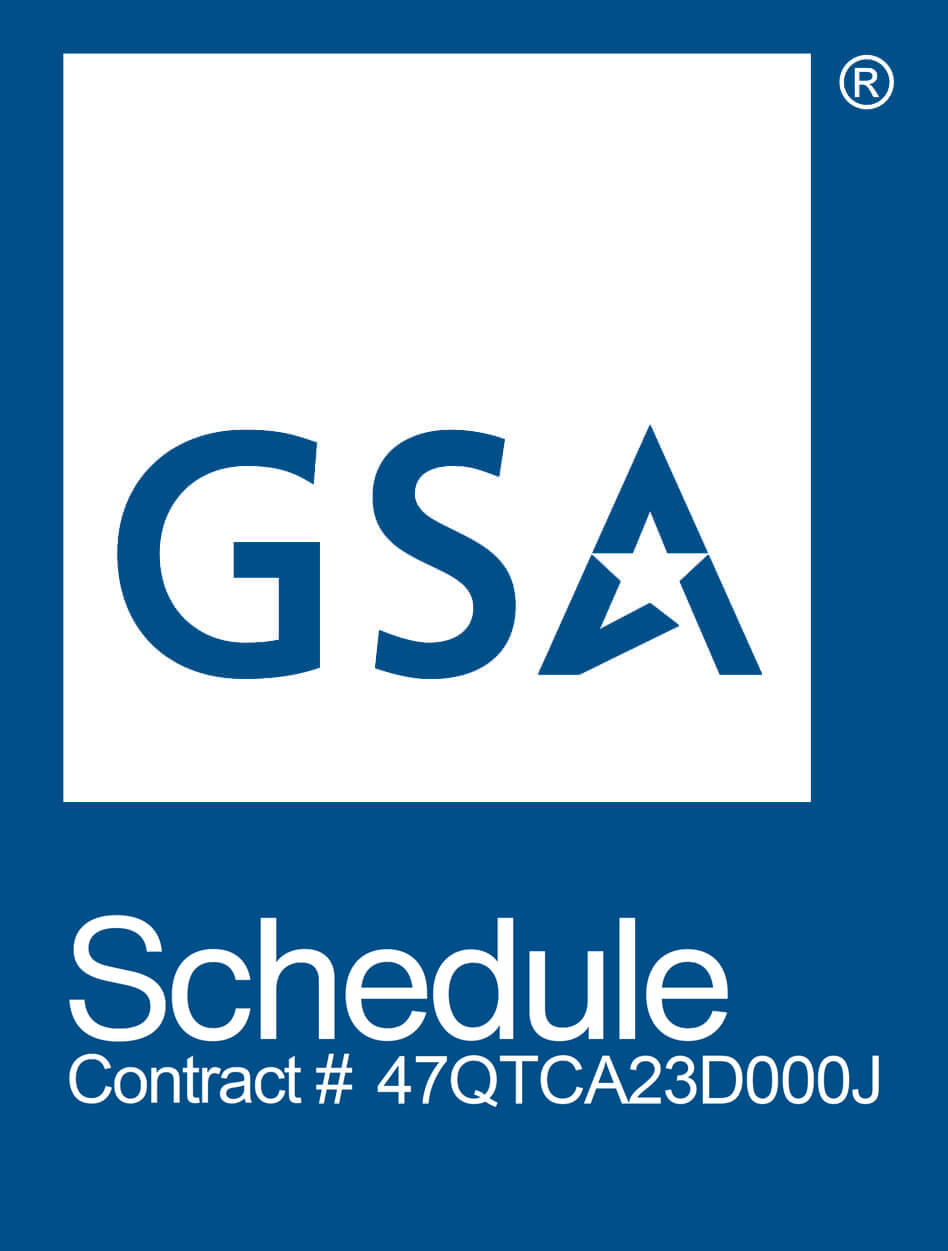
Microservices: Quarkus vs. Spring Boot
When it comes to the most popular microservices architectures, both Quarkus and Spring Boot have established themselves as worthy contenders for the top position. They are both open-source projects, though Quarkus is developed and managed by Red Hat, whereas the credit for developing and managing Spring Boot goes to the team at Pivotal. This article will shed light on the Quarkus vs. Spring Boot debate based on their respective features – including memory consumption, boot time, front-end development, and more.
However, before we take a deep dive into the differences between the two, let’s take a quick look at each framework and gain more insight into their individual parameters.
What Is Quarkus?
Quarkus is a full-stack, Kubernetes native Java framework that has been designed to develop and deliver small artifacts for containers and cloud environments. It is an open-source project that not only bears many similarities to Spring Boot but also addresses some of its major pain points by offering faster application boot time and lower request times. In addition, Quarkus is relatively more innovative as it presents an advanced combination of the imperative and event-based programming model.
The unique features of Quarkus have enabled it to become an effective framework for cloud-native, server-less environments. It also embraces the Microprofile API and works flawlessly with some of the other most widely-used Java platforms, such as Kafka, Hibernate, and Eclipse. The developer-driven microservice also provides dependency injection while allowing engineers to integrate applications as required.
Notable Features of Quarkus
Here are the most prominent features of Quarkus that set it apart from other microservice architectures.
- Faster Boot Time: The faster boot time of Quarkus is perhaps its most noteworthy feature. Moreover, since it can automatically detect changes made to Java and other configuration files, the framework boasts faster hot reloads that assist in transparent recompiling and deployment. This can help developers reduce the overall cost for the execution, which is a huge plus.
- Low Memory Consumption: Quarkus requires incredibly low RSS memory than most open-source projects. This feature even allows the platform to tailor an application for GraalVM. In addition, it only loads the necessary classes when setting up, booting, integrating, or scaling the application, which lowers its memory consumption.
- Combines Imperative and Reactive Style: While developers are responsible for pulling an event off the queue in imperative programming, reactive programming enables the framework to call the callback registered by the developers correctly. Interestingly, Quarkus unifies both styles for efficient application development.
Service-Disabled Veteran-Owned Small Business (SDVOSB)
Small Disadvantaged Business (SDB)
Small Disadvantaged Business leads to enhanced innovation and creativity, as these businesses often offer unique perspectives and solutions shaped by their diverse backgrounds. Moreover, partnering with Small Disadvantaged Business can provide access to specialized skills and capabilities that might otherwise be overlooked, contributing to improved competitiveness and efficiency.

Transforming for Innovation, Sustainability and Security
Transforming for Innovation and Sustainability securing future competitive advantage
What Is Spring Boot?
Spring Boot is also an open-source Java web framework designed for developing Java enterprise applications with ease and convenience. As an extension of the renowned Spring framework, this mature and stable platform utilizes pre-built code to provide developers with a highly configurable environment for quick setup and deployment of basic and web-based applications. Spring Boot also encompasses embedded webservers along with a fully enclosed application.
Compared to many other microservice architectures, this platform is considerably lightweight and has detailed documentation. Moreover, since it was developed on top of the previous Spring frameworks, it makes it incredibly easy for developers to produce and configure Spring-based and stand-alone applications. This framework also includes pre-configurable web starter kits, which play a vital role in facilitating the responsibilities of an application server as required by other projects.
Features of Spring Boot
Let’s look at the top features of Spring Boot that have made it one of the most popular open-source platforms.
- Auto-configuration: Spring Boot is perfectly capable of changing the configuration of an application according to the listed dependencies. Alternatively, a developer can automatically configure the application as well. It is also important to note that Spring Boot does not require a deployment descriptor, making deployment significantly easier.
- Stand-alone: Being a combination of Spring frameworks and embedded servers, Spring Boot does not need a supplementary webserver to deploy an application. This feature makes it largely stand-alone, as developers only have to enter the run command to start the application.
- Opinionated: Spring Boot is very opinionated, which essentially means it possesses the capability to pick and choose between different defaults for the configuration. In addition, the project can automatically select which packages to install for the required dependencies.
Quarkus vs. Spring Boot: What’s The Difference?
Now that we know about the respective features of Spring Boot and Quarkus, let’s discuss their differences.
Dependency Injection
Quarkus provides dependency injection based on Context and Dependency Injection, more commonly referred to as CDI. However, only a subset of the dependency features is currently implemented on the extensive framework. Meanwhile, Spring Boot uses a Dependency Injection Container, which is vastly different from CDI in terms of configuration.
Application Boot-Time
As mentioned above, Quarkus has made its mark as one of the top microservice architectures due to its fast boot times. On the other hand, Spring Boot is relatively slower than Quarkus and most other Java Enterprise projects. This feature tips the scales in favor of the open-source project by Red Hat.
Data Persistence
The innovative Quarkus project uses frameworks that are widely familiar to developers, including but not limited to Hibernate ORM. Conversely, Spring Boot provides more maturity since it is based on Spring Data abstraction.
Microservices
Quarkus supports the Microprofile API that boasts a highly active community. On the other side of the coin, Spring Boot uses its own modules to develop cutting-edge microservices that share similar goals.
Memory Consumption
One of the most pertinent Quarkus vs. Spring Boot differences is their respective memory consumption. Whereas the former promises lower memory consumption while booting applications, the latter features higher memory consumption.
Front-End Development
Quarkus allows the development of basic and experimental front-end options. However, Spring Boot only includes mature templates based on the foundation of Spring MVC. On a side note, this framework offers better resources for beginners, which makes front-end development easier for less experienced professionals.
To Summarize Quarkus vs. Spring Boot
When it comes to the differences between Quarkus and Spring Boot, please note that they are both extensive frameworks that have been expertly designed to develop and deploy Java-based applications.
While Quarkus is relatively new and thus more innovative, Spring Boot is mature and boasts a highly responsive community. Also, you are more likely to find comprehensive documentation for Spring Boot than Quarkus, which we can chalk up to its young age. As far as boot time and memory consumption are concerned, Quarkus appears to deliver better performance than its counterpart.
So, if you have to choose between Quarkus vs. Spring Boot to build your application, you must make a decision based on your project requirements and developer skill level.
Generative AI Software Integration
Boost your business efficiency with our custom Generative AI Business Software, tailored for HR, finance, sales, event management, and customer service. Leveraging advanced natural language processing and AI-driven data science, we specialize in customer segmentation, sales analysis, and lead scoring. Elevate your operations and gain a competitive advantage with our precision-driven AI solutions. Contact us to integrate AI seamlessly into your key systems and transform your business.
What clients say about Cloud Computing Technologies
★★★★★ 5/5
"CCT's diverse skills and expertise has reduced our technical debt by millions of dollars to which we have reinvested into future capabilities."

Mrs. Hanson
★★★★★ 5/5
"With CCT migrating our critical systems into the AWS, 80% our staff is now remote working."

Mrs. Miller
★★★★★ 5/5
"CCT showed us how to meeting regulatory compliance in AWS Landing Zone and greatly improved our cloud security controls."

Mrs. Wilson
★★★★★ 5/5
"CCT provided our agency with application rationalization services and successfuly applicaton migrations meeting all KPIs and SLAs."

Federal Agency
★★★★★ 5/5
"I highly recommend the data science team at CCT. They are technically proficient, great communicators, unbiased, and reduced our false positives by 68%."

Mr. Brown
★★★★★ 5/5
"The team at CCT is knowledgable and insightful in developing a cloud architecture leading to our mission success."

Mr. Robinson
Experience and Agile Expertise
you can trust
Years in business
20
Contracts Awarded
180
+
Further information about Microservices: Quarkus vs. Spring Boot.








